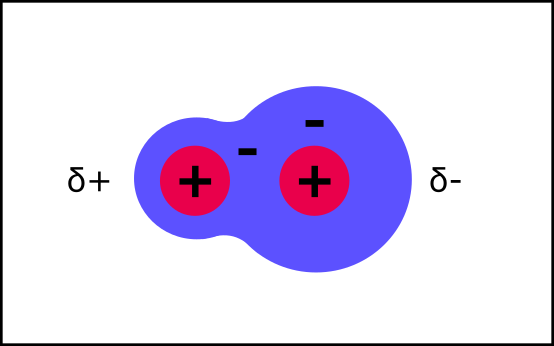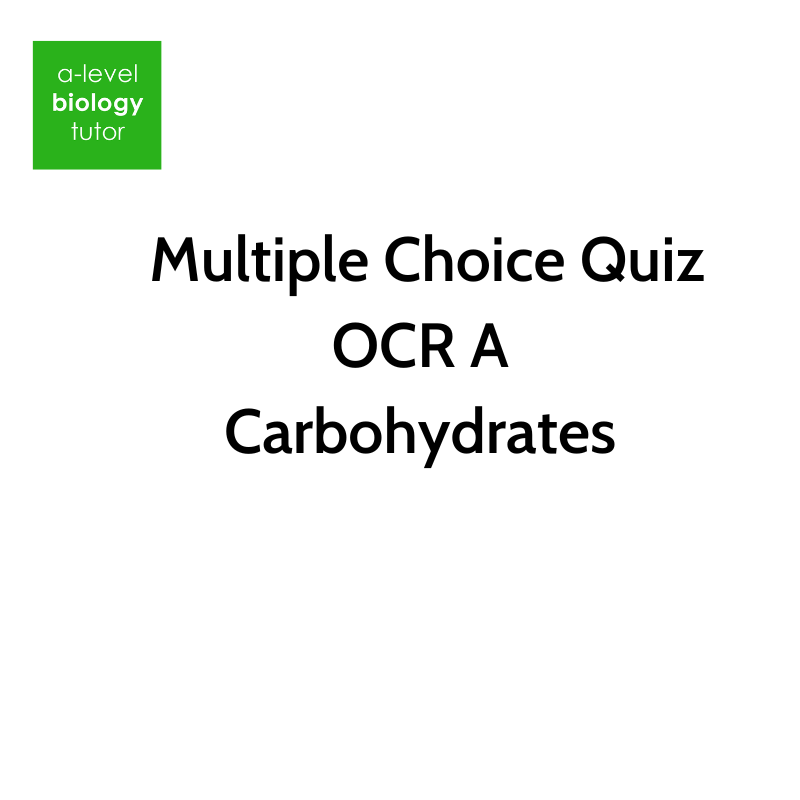Any molecule that an antibody binds to is called an antigen. It’s called that because it generates an immune response.
It’s important to understand that an antigen isn’t a particular type of molecule. Antigens can be viral coat proteins, polysaccharides, lipids, or … just about anything really. If an antibody binds to it, it’s called an antigen - that’s it.
Anything a child plays with is called a “toy”
Anything more than 100 years old is called an “antique”
Anything that gets bound by antibodies is called an “antigen”
Not every part of a pathogen will act as an antigen. But you hope that at least some parts of it will, otherwise your body won’t know it’s there. Luckily, pathogens tend to come covered in loads of interesting proteins which very often do serve as antigens.
If the pathogen does carry an antigen, and if that antigen gets bound by an antibody (labelling it as “not part of my body”), then the immune system will destroy it and remove it from the body.
Where do Antibodies come from?
During an infection, antibodies are released by B-lymphocytes (a type of white blood cell). These cells have the ability to produce and release antibodies in huge numbers. They synthesise the antibodies using a normal protein synthesis process.
But … B-lymphocytes are not all the same. Remember how the immune system uses many different antibodies, with slightly different structures in that variable section? Each individual B-lymphocyte cell can only make ONE type of antibody, with one particular structure. So there are different B-lympocytes for every different antibody made in the body. Which is amazing as that means there are a LOT of different B-lymphocytes.
This is all possible because the B-lymphocytes have slightly different DNA coding just for that variable section of the antibody. This is more than a bit mindblowing because it means that B-lymphocytes are not genetically identical to each other!!! Exactly how this happens is complicated so I’m not going to get into that right now. But the fact they’re all different, and make different antibodies, is crucial to the whole way immunity works.
(There are also T-lymphocytes, which have many similarities to B-lymphocytes but play a different role. We’ll get to them later. )
How do we get the right Antibodies for our needs?
There are vast numbers of different bacteria and fungi and viruses that might harm us, and they are constantly evolving. So we need a immune system that can react to unexpected threats. Something that can recognise anything strange, rather than just a check-list of well-known pathogens.
Important: we DO NOT respond to new pathogens by creating new antibody variations specially designed to bind to them!
This crucial fact is often missed by students.
At first this might seem unintuitive, especially as many news reports suggest otherwise. But think about it. How could we? How would the body even know something was a pathogen if an existing antibody hadn’t already labelled it as such? And even if it did magically know it was a pathogen, how could a lymphocyte know what DNA sequence it would need to be able to synthesise a protein sequence that folded to a structure that was able to bind to it?! And then create that sequence??!
This leads to another mindblowing fact: we ALREADY have B-lymphoctyes that can make antibodies for pathogens we have never encountered. Including for pathogens that haven’t even evolved yet.
Antibodies are not designed to fit specific antigens.
Instead, we create a huge random jumble of antibody variations with a huge variation of different binding sites. Some might be useless, and many will never be required, but there are so many that there’s a really good chance at least one of their binding sites will just happen to be a good fit to some part of a new pathogen.
The thing we do do in response to pathogens is make very large numbers of the particular antibodies we need.
What happens when an Antigen arrives in the body?
The B-lymphocytes don’t do it all alone. Every B-lymphocyte has a genetically-identical T-lymphocyte. For simplicity I’m going to call B-lymphocytes “B-cells”, and T-lymphocytes “T-cells”.









































